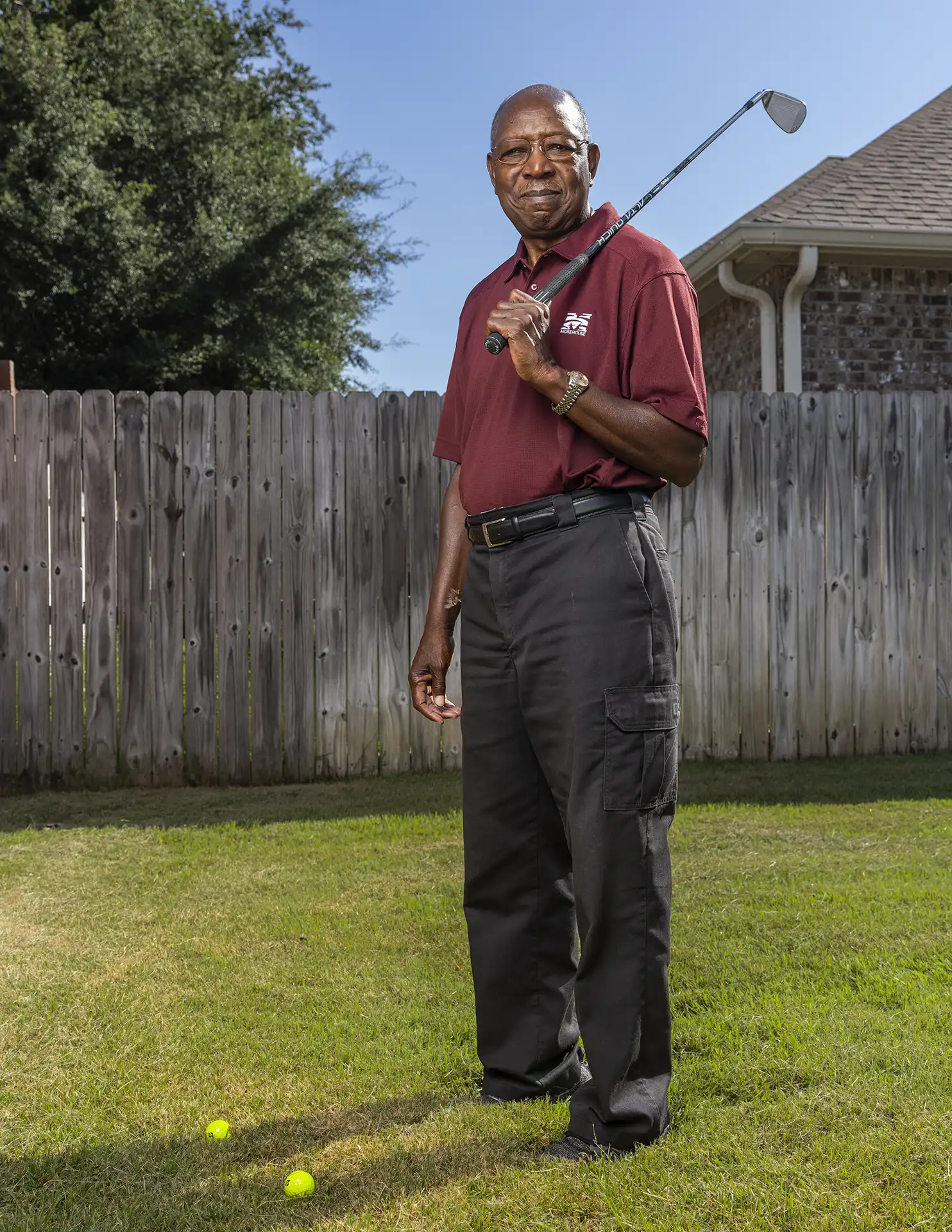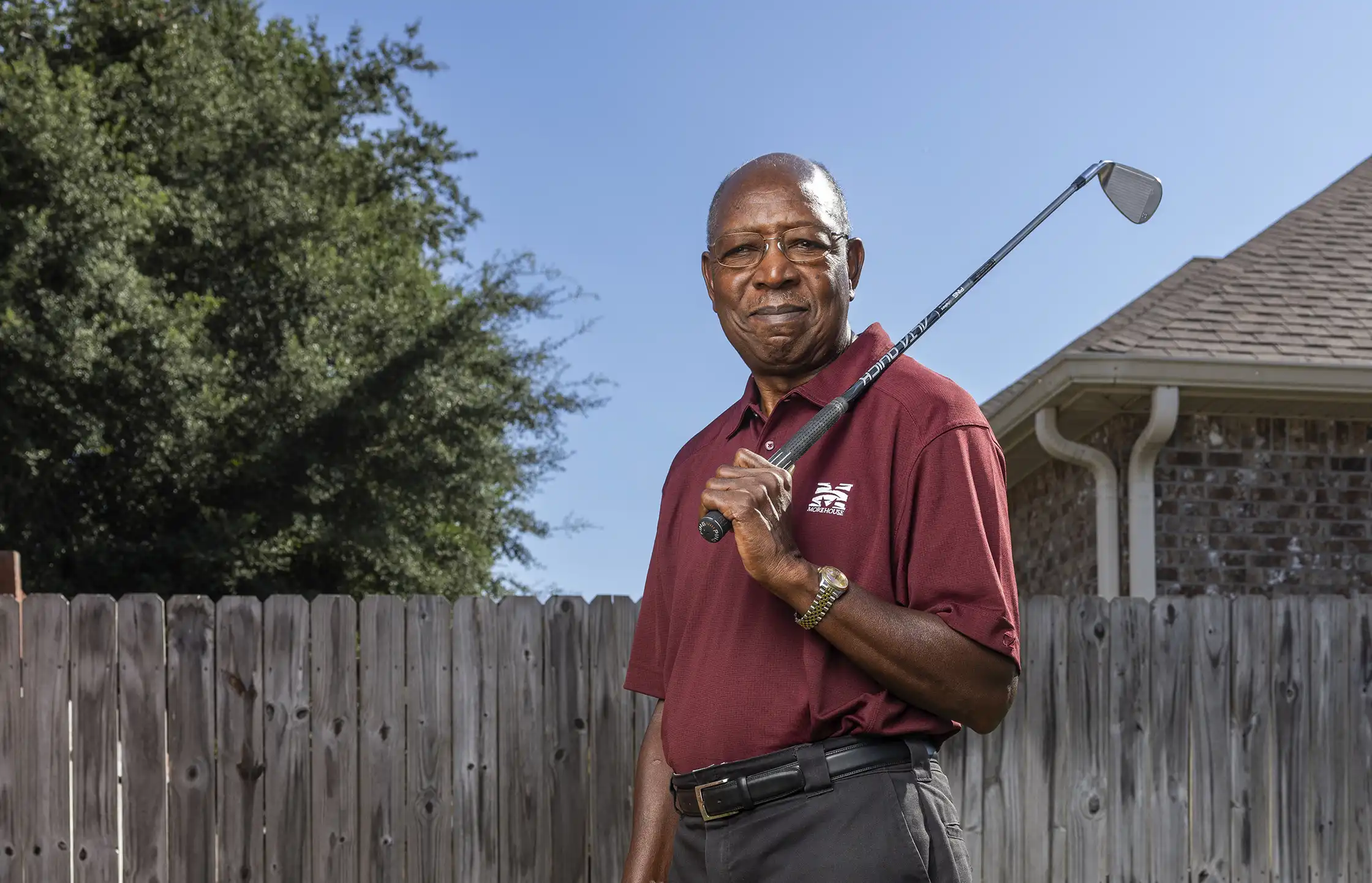Breaking Barriers, Building Bridges
Dr. George Sanders defied the odds and rose from sharecropper roots to medical success
By Priyanka Sinha
Photography by Matthew Coughlin

Dr. George Sanders’ calling was “to learn how to serve and care for those who needed my help.”
W
hen George L. Sanders, M.D. ’69, came to South Florida in 1965 to study at the Miller School, the shadow of racism was never far away. As the first and only Black student that year, he faced exclusion from medical societies and was once barred from an apartment complex where his classmates had arranged a study session.
“It was a challenging time, but I put my heart and mind to the one cause that mattered: to learn how to serve and care for those who needed my help,” Dr. Sanders said. “That was my calling.”
Born in Georgia to sharecropper parents whose highest educational level was the sixth grade, Dr. Sanders was the eighth of nine children. His inspiration to become a doctor was hatched in those early years, when the town doctor would travel miles to their rural home to care for his father, who suffered from severe asthma. Sanders was always amazed at how his father would soon feel better.
The family moved to Pompano Beach, Florida, in 1950, where Dr. Sanders graduated as valedictorian of Blanche Ely High School in 1961 and was admitted to Morehouse College in Atlanta. After graduating in the top five of his class, and at the height of desegregation, he was offered a spot by the Miller School in its program. He later completed a residency in internal medicine and a cardiology fellowship at UM/Jackson Memorial Hospital.
Dr. Sanders was in private practice as a cardiologist in Miami from 1978 to 1990, during which time he served as clinical professor of cardiology in the Miller School’s Department of Family Medicine and Community Health and adjunct professor of cardiology at the University of Florida. After leaving private practice, Dr. Sanders, who had previously served in the U.S. Army, returned to active military duty, this time with the U.S. Air Force. He served as squadron and group commander, achieving the rank of colonel. He left active duty in 2001 and remained in the Air Force Reserve until 2008. From 2003 to 2008, he also served as vice chief and chief of cardiology at the Gallup Indian Medical Center in New Mexico.
His appreciation for the Miller School is one of the reasons he has been a generous donor, primarily to medical scholarships, including the John K. Robinson Medical Scholarship, since 1980.
Now retired, Dr. Sanders lives an active life and attributes his success in medicine to the education he received. His advice to medical students: “Learn as much as you can about other cultures. Your lives will be enriched, and you’ll make a greater difference as a physician.”
To support the John K. Robinson Medical Scholarship, click here. ![]()



